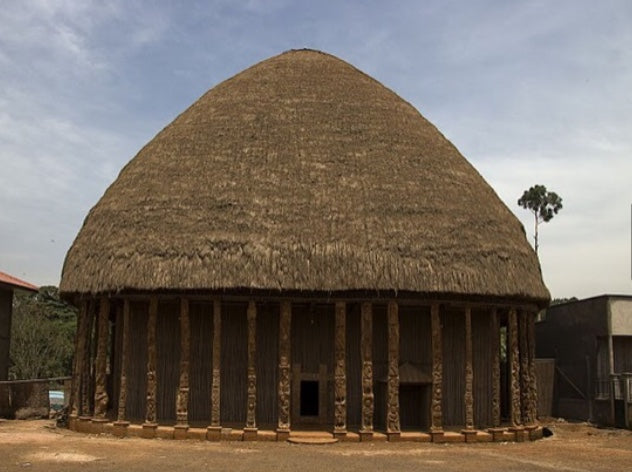Numerous studies such as that of Toukam or Anta Diop show similarities between the Ancient Egyptian Empire and the Bamileke kingdoms. The Bamilekes are said to have come from the Baladis of ancient Egypt and would have left the empire in the 9th century to settle in the Tikar region (present-day region of West Cameroon) in the 12th century. This would make it possible to understand the presence of kingdoms in this region of Cameroon more than elsewhere, with many customs.
The Bamiléké then had a sovereign, King Ndeh, spoke a single language and shared a single culture until his death. Today they form 7 departments (Bafang, Bafoussam, Bandjoun, Bangangté, Baham, Dschang, Mbouda) and 32 different municipalities with slight differences in language and cultures. We manage to trace the reigns of several Bamileke kings effectively from the 13-14th century. We can cite the most prominent Sultan Njoya of the Bamoun kingdom. Region full of stories still visible despite the ravages of time and colonization, it was teeming with kingdoms as powerful and rich. A clue to this royal heritage is notably architecture. These large domes of straw and raffia, some of which date back to the 17th century, still retain their former appeal. My first collection of Tableaux et expériences is inspired by these sumptuous palaces.


